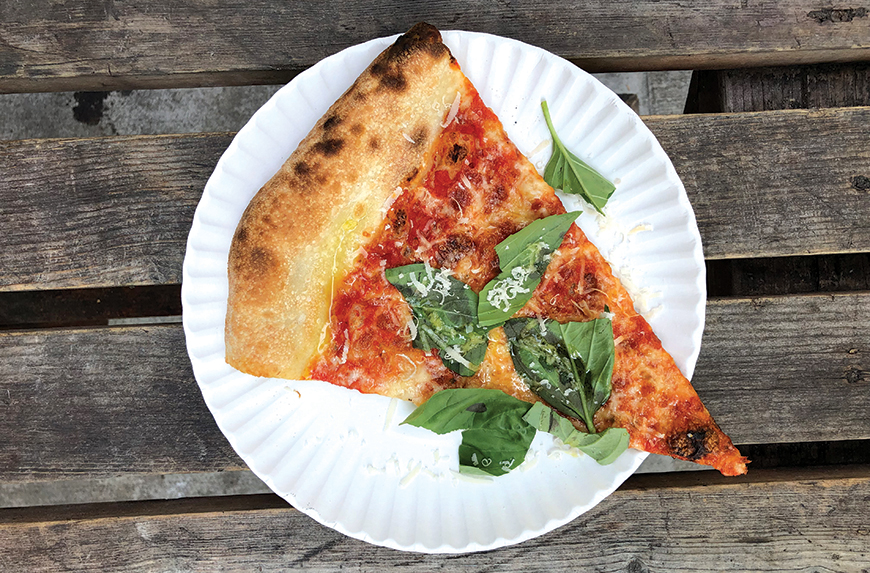The post-pandemic malaise is in full effect. Without seeking to knock on a ton of wood, it would appear that the pandemic is drawing to a close. Or as close to an end as possible. Will it ever be entirely over? Who knows? Probably not, but it’s certainly not at its height.

Mike Bausch, owner, Andolini’s Pizzeria
There’s a weird dynamic currently occurring. The workforce has become accustomed to working with fewer co-workers. and they have become great at taking to-go orders. The kitchen staff is lean and mean, and that’s a good thing, but not for customer-facing employees. The inverse is that the customer experience is suffering, not just with me; it’s nationwide. Even now that we’re getting staffed up, we have stores hesitant to work with appropriate staffing levels. The reason for this is they’ve never seen appropriate staffing levels. If you have someone who’s been with you for two years, they’ve been with you for the whole pandemic and nothing else. It takes someone who’s been with you for three years or more to understand that a highly functional restaurant should have staff fighting for shifts. They don’t know that a productive restaurant has servers that upsell desserts, appetizers and alcohol to get more incentives and better shifts. Instead, the staff is shell shocked by low staffing numbers and customer outrage for any number of reasons. In general, the average restaurant team isn’t trying to maximize the customer experience; they’re hardened and looking for a break.
What’s the fix? For stores that have a front-of-house serving staff, you will need to explain the value of smaller sections. As staffing levels normalize, smaller sections will mean a server has more time to spend at the table. More staff on shift will mean more time to build rapport with the customer to get better tips and create more incremental sales at their table. If you’ve never done that before with your staff, now’s the time to do it. If you don’t have enough staff to do this yet, realize surviving is not the goal; thriving is, and increasing staff to pre-pandemic levels needs to occur as a number one priority. Some front-of-house staff will buck this trend in fear of losing out on tips with smaller sections when the opposite is true.
You teach this not by explaining it while the staff nods happily; it’s to role play with the customer-facing staff the ideal customer interaction. Roleplay with managers and employees doing steps of service the correct way and have staff prove they can build rapport and not just order-take.
The next step is to have specific loyal customers and friends act as secret shoppers to these employees. Once you feel secure in their ability and have vetted them, they have demonstrated the proper way to interact with customers; now, let them prove they can do it to yield results. The ones who talk about their favorite menu items and pairings that enhance them will sell more and not look like they are selling at all. Their numbers will be better than the pack, and they MUST be rewarded.
The odds are highly likely your staff is not currently the sales machine they once were, and your online ordering has done a lot of the selling as to-go orders have increased, and, as a result, the average ticket has decreased in the last two years.
It’s time to invert that. The beautiful thing is the staff that is there is solid and quick. If they are purely existing but not delivering genuine service and hospitality, they’re still in survival mode. As soon as possible, find time to break them of that, train them up again on building rapport, and get them into thrive mode.
MIKE BAUSCH is the owner of Andolini’s Pizzeria in Tulsa, Oklahoma. Instagram: @mikeybausch







